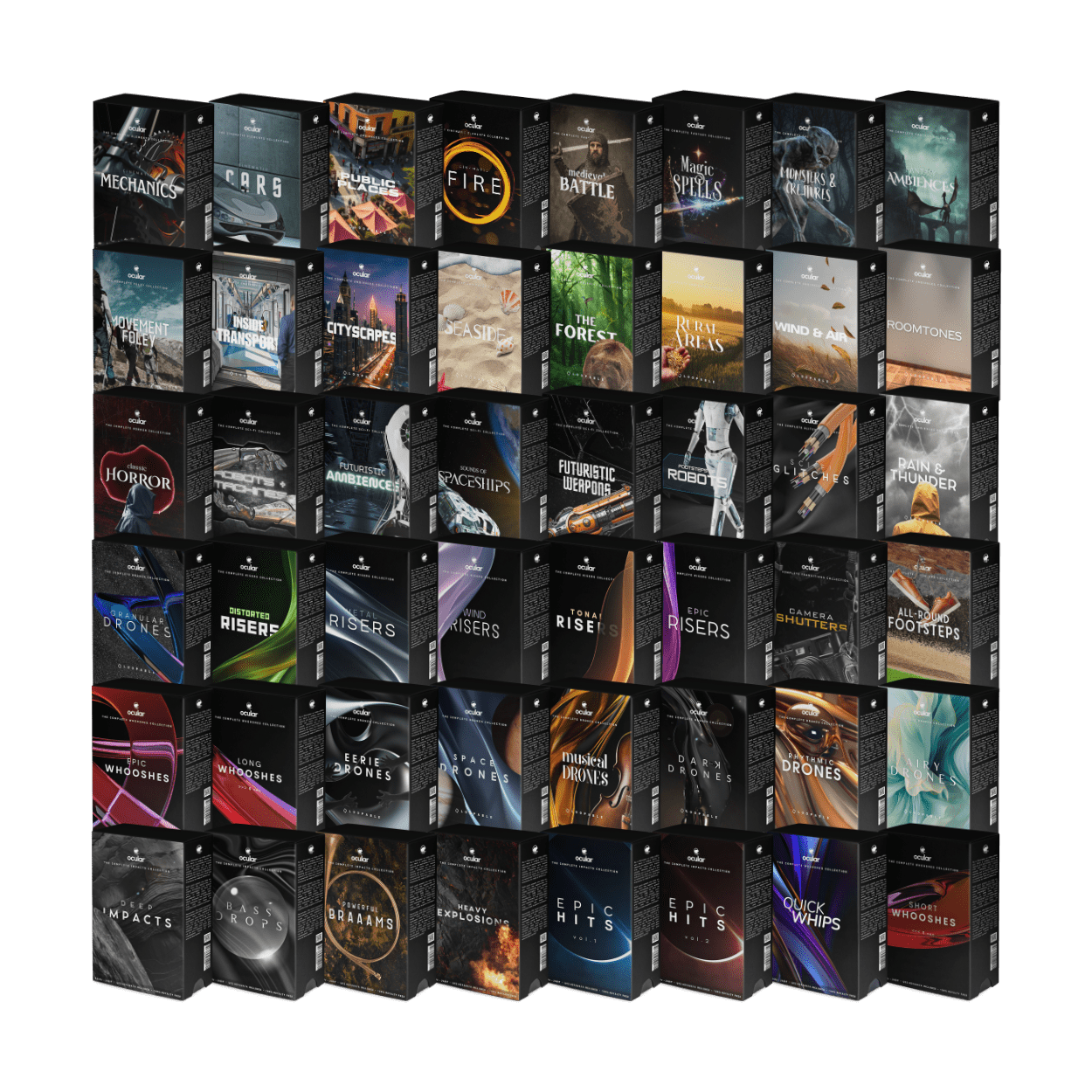Sound design plays a crucial role in documentaries, as it helps create an immersive experience for the audience. Natural sounds, such as ambient noises, dialogue, and music, can all help tell a story and enhance the visuals. In this blog post, we'll explore some techniques for capturing and enhancing natural sounds to create an impactful and engaging documentary.
Choose the right equipment
The first step in capturing natural sounds is to use the right equipment. A high-quality microphone is essential, and you'll want to choose the right type depending on the situation. For example, a shotgun microphone is great for capturing dialogue or specific sounds, while a condenser microphone is better for capturing ambient noise.
Location, location, location
The location where you record your sound can make a significant difference in the final product. Try to find a location that's free from distractions, such as traffic or construction noise. If you're recording outside, be mindful of wind or other weather conditions that can affect the quality of your recording.
Plan for post-production
Capturing great sound is only the first step in creating a fantastic audio experience. You'll also need to plan for post-production, where you can enhance and edit your recordings. This may include adjusting the volume, adding effects or EQ, or mixing multiple tracks.
Use natural sound to create ambiance
One of the benefits of using natural sound in your documentary is that it can create an immersive ambiance for the viewer. For example, the sound of waves crashing on the shore can transport the audience to the beach. Use natural sound to set the scene and enhance the visuals.
Use music to enhance emotions
Music is another powerful tool you can use to enhance the emotions of your documentary. The right music can evoke feelings of happiness, sadness, excitement, or tension. Consider using music to create contrast or highlight important moments in your documentary.
Record room tone
Room tone is the sound of the room when no one is talking or making noise. It's essential to record room tone so that you can use it later to fill gaps in your audio or to create smooth transitions between scenes. Make sure to record a few seconds of room tone in each location.
Use Foley to add depth
Foley is the art of recreating sound effects in post-production. It's often used in movies, but it can also be used in documentaries to add depth and realism to the audio. For example, you can use Foley to add the sound of footsteps or the rustling of leaves.
Edit with intention
When editing your audio, it's important to do so with intention. Every cut, effect, or addition should have a purpose and add value to the final product. Be mindful of the pacing and how the sound complements the visuals.
Conclusion
In conclusion, sound design is a crucial element in creating an impactful and engaging documentary. By choosing the right equipment, location, and planning for post-production, you can capture and enhance natural sounds to create an immersive experience for the viewer. Remember to use natural sound to create ambiance, music to enhance emotions, and Foley to add depth. Edit with intention and purpose, and you'll have a documentary with fantastic sound design.















